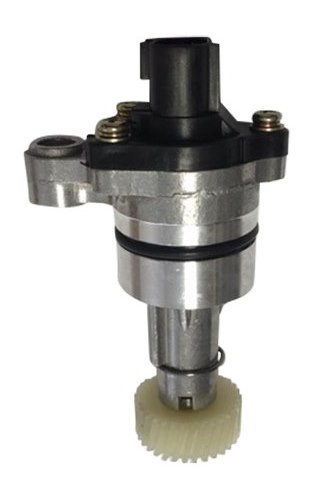What’s a Transmission Speed Sensor, and Why Does It Matter?

If you’ve ever wondered why your car’s gears seem to know exactly when to shift, especially crawling around Chartwell or gunning it down Te Rapa Straight, that’s mostly thanks to a little gizmo called the transmission speed sensor (or turbine speed sensor).
It basically keeps an eye on how fast things are spinning inside your gearbox, then tells your car’s computer when to shift up or down. That way, everything feels smooth whether you’re battling Rototuna roundabouts or heading out towards Cambridge for the weekend. Newer Kia Carnivals, old Toyota Ipsum wagons, even a lot of European stuff like Citroen C4s and those flash Volvo XC60s all rely on some form of sensor to keep the drive smooth.
These sensors are super important—without them, your car would have no clue when it’s time to change gears, especially with all the stop-start you get driving through Hamilton in rush hour or dodging potholes down in Nawton after a rough winter.
What Happens When The Transmission Speed Sensor Packs a Sad?
When these sensors get dodgy, things start getting rough quick. One of our techs had a customer with a Mazda Demio that started revving its head off heading up Dinsdale hill, and just wouldn’t change gear. Turned out, sensor was giving wonky signals and the transmission stayed stuck, chewing through fuel and stressing the engine.
Here’s the sort of stuff you might notice if your sensor’s crook:
Weird gear changes – Maybe the gear shifts are all over the place, especially in stop-start city driving. Sometimes it feels rough, like the car’s confused or hesitant.
High revs & slugginess – If it’s not upshifting, your RPMs shoot up. Noisy engine, laggy acceleration, and seeing the fuel gauge drop quicker than it should.
Cruise control dramas – You set it for State Highway 26 heading out to Morrinsville, but your car can’t hold the speed. Transmission sensors will mess with cruise control, even on fancy BMWs.
Lights on dash – Check engine, or sometimes a “transmission” light if you’re in a newer Honda Odyssey. Often the car slips into limp mode, meaning it locks into one gear just so you can limp to the next mechanic.
That’s why when someone rolls in from Tamahere or Hillcrest with one of those “my car’s hunting for gears” problems, sensors are near the top of the list for us to check.
Where’s the Sensor Hiding?
Every model’s a bit different. Usually, you’ll find the transmission speed sensor bolted to the side of the gearbox housing, somewhere close to where the driveshaft meets the transmission. For some vehicles—say, a Suzuki Swift—it’s not too hard to get at from under the car, but with others, like a Peugeot 308, you might have to wiggle your way around a bit more and take a couple of covers off.
Find your repair manual if you want to have a nosy, or just drop by—one of our team can show you where it sits. It’s a small part (cylindrical or sometimes rectangular) with a plug—nothing massive, but it does a pretty important job.
Transmission Speed Sensor Replacement in Hamilton
If you’re noticing rough shifts, high revs, or warning lights—just pop in. At Grimmer Motors, we’re always replacing transmission speed sensors on everything from Honda Fits to Hyundai Tucsons, no matter if you live in Ngaruawahia, Matangi, or just up the road in Forest Lake.
We’ll diagnose the fault, swap the sensor out, test it up and down Ulster Street, and get you back on the road with smooth, easy gear changes. It fixes a lot—better fuel use, quieter drive, happier car. We also do automatic gearbox repairs and the rest, whether you’re after a full car service Hamilton, WOF, or hybrid repair.
For honest advice and transmission sensor replacement in Hamilton, come see us. Bookings are easy below.

